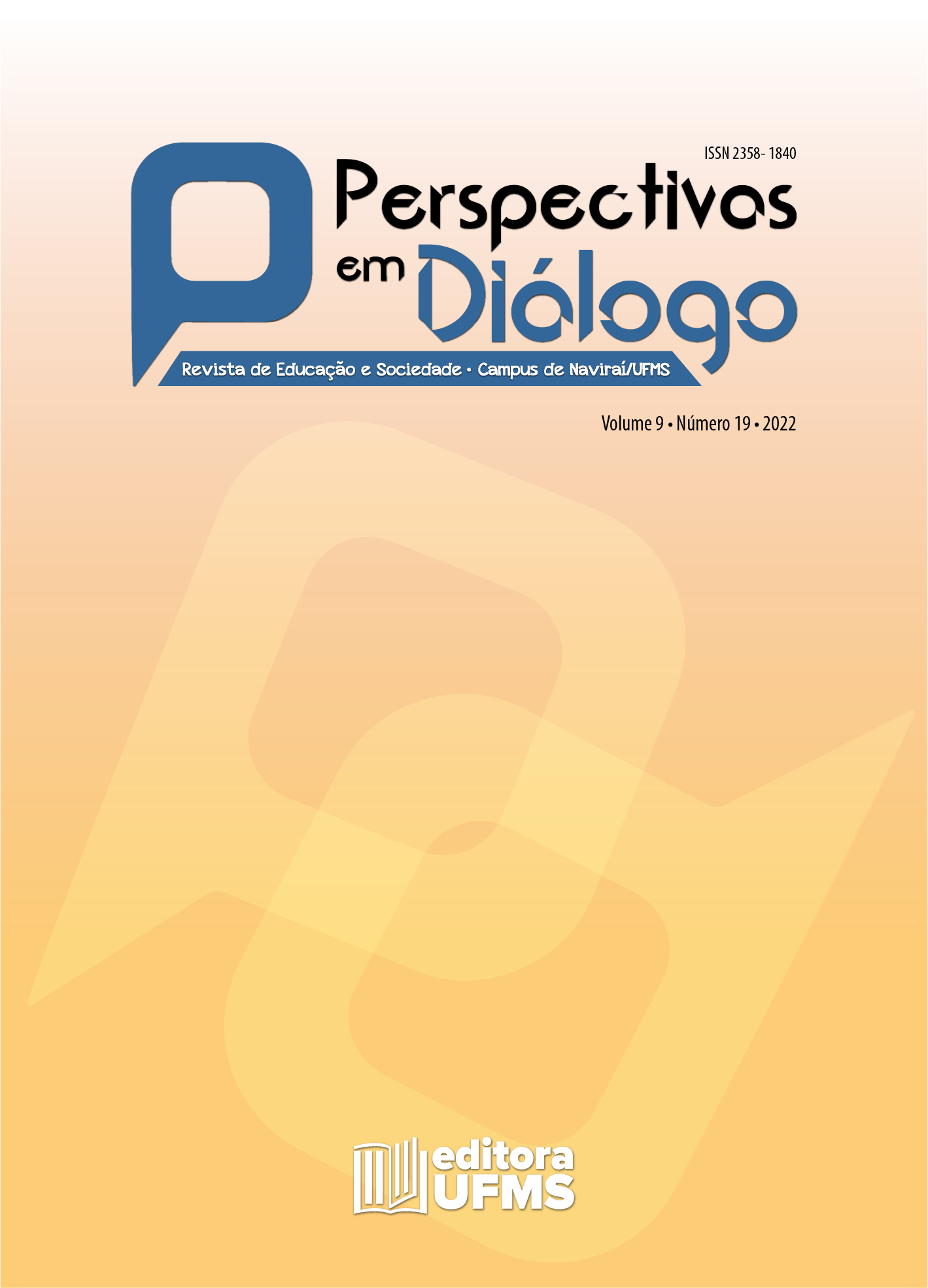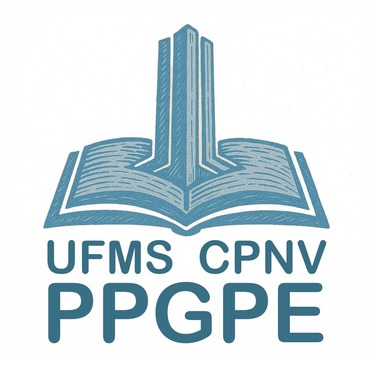Estimation of the share of women in the number of students of higher educational institutions: data by regions of Russia
Resumo
The purpose of our study was to evaluate the indicators characterizing the gender structure of students of higher education institutions in the regions of Russia. These indicators were the proportion of women among students studying at higher education institutions in 2017-2020. The study used official statistical information for 82 regions of Russia. We used the density functions of the normal distribution as models. The results of the computational experiment showed that, on average, there was a feminization of higher education in the regions, since the share of women in the number of students was in the range from 52% to 55%. At the same time, in the majority (68%) of regions, the number of female students exceeded the number of male students. The proposed methodological approach and the results obtained have a scientific novelty, since the assessment of the territorial features of the gender structure of students in the regions of Russia has not been carried out before.
Downloads
Referências
ABEL, Jaison; DEITZ, Richard. Do colleges and universities increase their region’s human capital? Journal of Economic Geography, v. 12, n. 3, p. 667-691, 2011.
BARRO, Robert; LEE, Jong Wha. A new data set of educational attachment in the world, 1950-2010, NBER Working Paper 15902. 2010.
BASKAKOVA, Marina. Men and women in the education system. Questions of education, n. 1, p. 276-303, 2005.
CHEREDNICHENKO, Galina. Students of the higher school of the RF 2000-2017 (statistical characteristics). Education and science in Russia: the state and potential of development, n. 3, p. 218-241. 2018.
CIRIACI, Daria. Does university quality influence the interregional mobility of students and graduates? The case of Italy, Regional Studies, v. 48(10), p. 1592-1608, 2014.
DZAMPAYEVA, Zhanna. Feminization of higher education: causes and trends. Modern trends in the development of science and technology, n. 2-5, p. 17-19, 2016.
FEDERAL State Statistics Service. Available at: https://rosstat.gov.ru/ (accessed 20 July 2021).
KARMAEVA, Natalia; KHAVENSON, Tatiana. E.; ILIEVA-TRICHKOVA, Petya. Education and socio-professional status: smoothing inequality among men and women in Russia. Sociological research, n. 3, p. 108-120, 2020.
KONSTANTINOVSKY, David; VOZNESENSKAYA, Elena; CHEREDNICHENKO, Galina. Russian Youth at the Turn of XX–XXI Centuries: Education, Employment, Social Well-being. Moscow: OOO Center for Social Forecasting and Marketing, 548 p., 2014.
MAKAROVA, Svetlana. Gender features of the formation and development of leadership qualities of students during their studies at the university. In the collection: Education: youth, competitiveness. Collection of reports of the International scientific and practical Conference dedicated to the 80th anniversary of the academician of the Russian Academy of Education, Doctor of Philosophy, Professor Shafranov-Kutsev G. F., p. 68-73, 2018.
OFFICIAL statistical information on additional professional and higher education. Ministry of Science and Higher Education of the Russian Federation. Available at: https://minobrnauki.gov.ru/action/stat/highed/ (accessed 20 July 2021).
OSTAPENKO, Anna. Gender asymmetry in professional activity at the university and its causes. Higher education today, n. 3, p. 38-41, 2010.
PEKKARINEN, Tuomas. Gender differences in education, IZA Discussion Papers, n. 6390, Bonn: Institute for the Study of Labor (IZA), 2012.
PINKOVETSKAIA, Iuliia; LEBEDEV, Anton; SLUGINA, Olga; ARBELAEZ CAMPILLO, Diego Felipe; ROJAS BAHAMON, Magda Julissa. Informal Personal Financing of Entrepreneurs: Gender Characteristics. Universal Journal of Accounting and Finance, v. 9(3), p. 442-449, 2021.
PINKOVETSKAIA, Iuliia; SLEPOVA, Vladislava. Estimation of Fixed Capital Investment in SMEs: the Existing Differentiation in the Russian Federation. Business Systems Research, v. 9(1), p. 65-78, 2018.
RYLSKAYA, Elena; MOSHKINA, Lyubov. Gender features of the structure of integral individuality of students. Science for Education Today, v. 10, n. 3, p. 45-64, 2020.
SCIENCE ELECTRONIC LIBRARY. Russian science citation index (RSCI). Available at: https://elibrary.ru/defaultx.asp? (accessed 10 August 2021).
SHISHLOVA, Ekaterina. Gender factor of modernization of university education. Human capital, n. 11-12 (83-84), p. 46-48, 2015.
STOET, Gijsbert; GEARY, David. Gender differences in the pathways to higher education. Proceedings of the National Academy of Sciences, v. 117(25), p. 14073-14076, June, 2020.
TALINA, Irina; KARNAUKHOV, Vladimir. Gender asymmetry in educational and scientific society. Simbirsk Scientific Bulletin, n. 2 (28), p. 55-61, 2017.
WHY do more young women than men go on to secondary education? Education indicators in focus, n. 79, March, OECD, 2021. Available at: https://www.oecd.org/education/why-do-more-young-women-than-men-go-on-to-tertiary-education-6f7209d1-en.htm (accessed 29 August 2021).
Copyright (c) 2022 Perspectivas em Diálogo: revista de educação e sociedade

This work is licensed under a Creative Commons Attribution-NonCommercial 4.0 International License.







